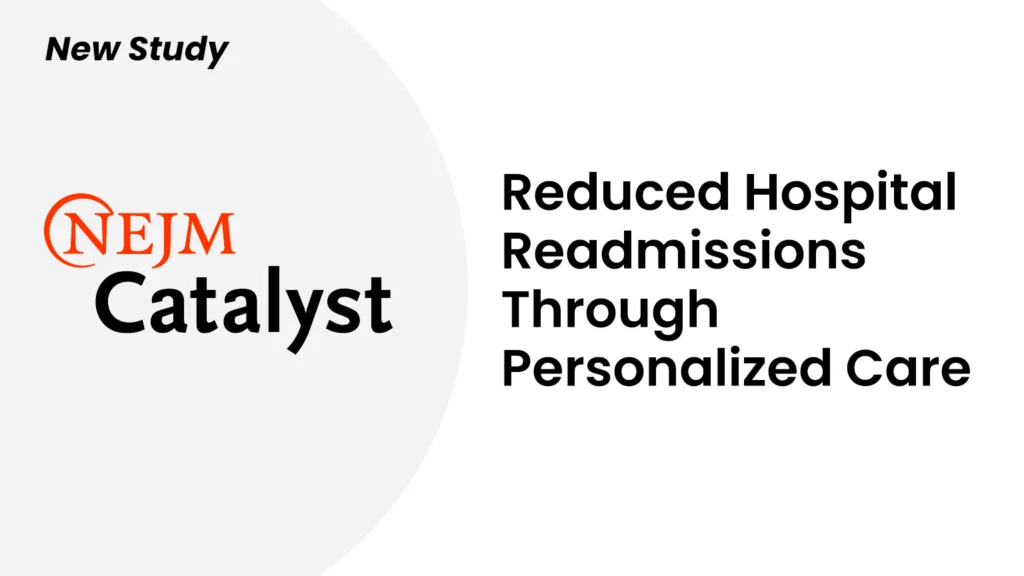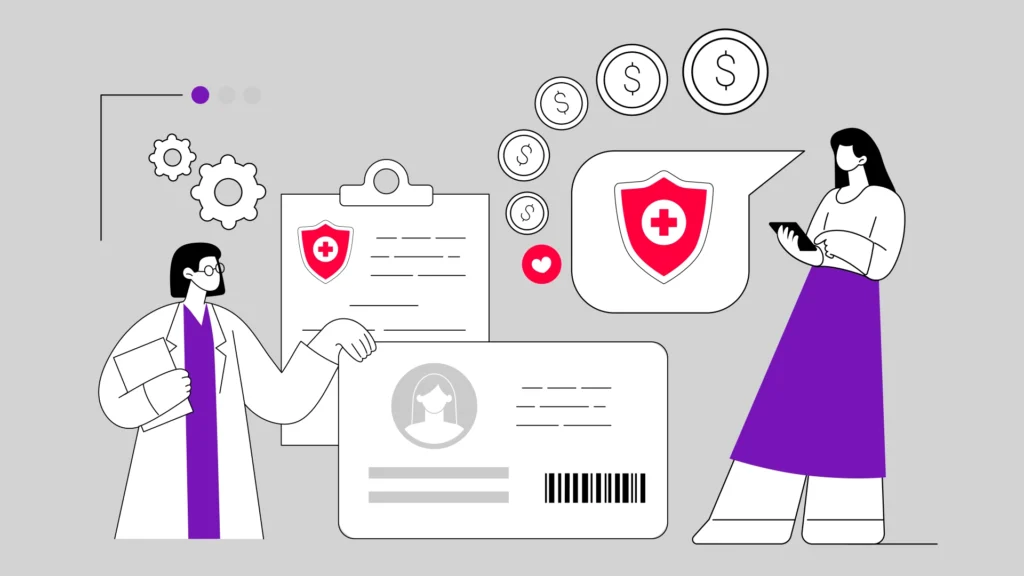Nearly all hospitals and health systems have confronted a range of financial and operational challenges over the past few years. Historic volume and revenue losses, skyrocketing expenses, and staffing issues are just a few of them — and with rising inflation and growth in input prices, it’s putting even more of a financial strain directly on providers.
It might just be that your bottom line is hurting — and you’re certainly not alone. Approximately half of U.S. hospitals finished 2022 with a negative margin, according to Kaufman Hall’s latest “National Flash Hospital Report.” Despite modest margin improvements in November and December, hospital operating margins were cumulatively negative throughout the first 11 months of the year, starting off with the -3.4% recorded in January when the omicron surge took off. These hits came despite a steady uptick in patient volumes and revenues that failed to outpace a 10.7% year-over-year increase in expenses.
It’s clear the financial challenges facing hospitals are substantial, with economists from Johns Hopkins calling 2022 “one of the worst financial years in decades.” With these challenges “likely to persist in the coming years,” it’s no wonder most organizations are looking to drastically cut costs, improve efficiencies, and optimize existing systems to their fullest potential in 2023 and beyond.
And for those health systems that partner with tech companies, they can’t afford to wait too long to see if those are going to pay dividends. So, right now is all about speed. How can providers make the necessary adjustments to boost their bottom line while improving patient outcomes quickly in a time of such uncertainty? Delivering effective patient communication is one way to do so.
Effective patient communication is key to driving optimal outcomes
As patients continue to have more options for their healthcare providers, offering a patient experience that allows your organization to stand out is crucial to remaining competitive. Patients today want their healthcare experience to resemble their consumer experience. They not only want convenient, self-service features – they expect them. The imperative for strong patient communication and engagement is evident:
- 92% of patients value convenience above all other healthcare factors.
- Roughly 4 in 5 Americans want the ability to use technology when managing their healthcare experience.
- 92% of millennial patients want conversational messaging with their healthcare providers.
- Patients between ages 18 and 34 are nearly twice as likely to select a facility that has digital access tools such as appointment check-in, online appointment booking, and online provider communication.
- Nearly 70% of Americans are willing to switch to another healthcare provider if there are more appealing and convenient options for care.
By implementing an effective patient communication strategy, health systems will not only enhance patient engagement but improve operational efficiencies, drive additional revenue, and improve patient outcomes. While hitting these goals in a matter of months may seem daunting, there are several strategies to consider that can help you on your journey.
How to See Results – Quickly!
Review & Optimize Processes
One of the most effective ways to improve patient outcomes, reduce costs, and boost your bottom line is to optimize your internal processes. Analyze your current workflows to identify areas where there are inefficiencies or bottlenecks. For example, are there long wait times for patients making calls for appointments or delays in communication from staff? Think about ways you can automate outreach to maximize efficiencies. Streamlining processes can not only help you provide better care to patients in less time but can also improve outcomes and eliminate staff time and costs.
Sansum Clinic, a nonprofit healthcare provider in Central California, identified an opportunity to optimize internal workflows during COVID. Due to an inconsistent supply of vaccines, they were attempting to manually call patients to schedule vaccination appointments, only to discover that many had already been vaccinated elsewhere. Sansum knew there had to be a more efficient way to reach thousands of people without having to make numerous phone calls each time they received the vaccine on short notice. Within 24 hours of contacting Artera with this problem, Sansum was able to deploy its new text message and phone call campaigns. In a ten-day period, this ChatAssist AI workflow – automated conversational messages – sent out 26,600 messages, saving the staff 159 hours of work.
Enhance your patient communication strategy
Investing in technology – specifically a patient communication platform – can help you improve efficiencies and boost your bottom line. These platforms can offer a comprehensive set of services that can optimize your interaction with patients: conversational texting, appointment reminders, self-scheduling or rescheduling online, recalls, referrals, wayfinding (directions), and much more. While investing in technology is a great start, “it’s essential to be thoughtful about how solutions are implemented in order to truly optimize the experience of both staff and patients, and ultimately drive better health outcomes,” says Meg Aranow, SVP, Platform Evangelist at Artera. In fact, “Elevating patient care is about much more than just throwing technology at existing workflows and expecting it to solve the problems.”
Working with a unified patient communication platform can help you optimize your operations and workflows, improve patient engagement and satisfaction, and reduce patient no-shows. By meeting your patients where they are, you can get them back in the clinical door, satisfy their needs and keep them coming back or staying in network – all factors that are directly tied back to ROI. What’s more, if your patients are satisfied with your organization, they will be more inclined to share with others and therefore, help bring in more patients to your system and boost your bottom line even further.
After using Artera for just two months, Community Memorial Health System saw results: their no-show rate dropped by 29 percent, resulting in an estimated $1,169,600 increase in annual revenue. “It became obvious to us very early that (Artera) was going to eliminate a lot of work… and it did,” said Lori Hooks, Director of Quality and Practice Systems.
Focus on Prevention | Fill Gaps in Care
Preventive care can help save on healthcare costs by preventing or managing chronic diseases and is a great way to improve patient outcomes. Emphasize prevention and early intervention to reduce the need for expensive treatments later on. This can involve investing in patient education programs, preventive screenings, and wellness initiatives. By implementing broadcast messages or population health campaigns, you can reach and notify a large number of people to fill a gap in care and get patients back into a care setting, ultimately leading to added revenue. By keeping patients healthy, you can reduce the burden on your health system and save costs in the long run. This can also reduce the burden on your staff, helping to further optimize their workflows and giving them more time back for direct patient care.
Located in the Koreatown district of Los Angeles, California, Kheir Clinic is a Federally Qualified Health Center with three clinic sites providing primary healthcare and human services. For the vast majority of Kheir’s patients, English is not their first language, so when COVID vaccine information came out, few of their patients were able to decipher it and were unable to schedule appointments. Using Artera’s broadcast feature and extended language support, Kheir was able to send vaccine information quickly. The results? 12,522 total vaccinations were administered and 3,002 new unique patients from vaccine outreach. “Artera really streamlined the process for us to be able to reach a large community easily,” said Shawn Werve, VP of Operations.
Monitor performance
As you aim to get patients back into their care journeys, improve outcomes, and boost your bottom line, consider utilizing any metrics and insights available to you. Leveraging dashboards and basic analysis techniques is a great way to support improvements to patient communications, workflow efficiency, and scheduling and staffing. It’s critical to monitor your performance to recognize efforts that are working (so you can keep doing them) and identify areas for improvement. This will help you find areas where you need to make changes and adjust your approach accordingly to optimize outcomes and reduce costs.
Utilizing data and Artera’s texting platform, Tiburcio Vasquez Health Center was able to reap results to their bottom line immediately. They were not only able to get real-time patient feedback through a simple post-appointment survey but they were also able to see those patients canceling appointments in real time. That meant TVHC knew which slots would be available, and could fit patients in more efficiently. As a result, slot utilization increased from 75 to 80 percent—a jump that translated to as much as $1 million in additional annual revenue for the health system.
Boosting your bottom line: an ongoing process
Improving patient outcomes and boosting your bottom line ASAP is possible with the right strategies and mindset. By optimizing your processes, investing in technology, focusing on prevention, and monitoring your performance, you can achieve these goals in a matter of months. Keep in mind that sustained improvement requires ongoing effort and a commitment to quality care, so it is important to continue refining your approach over time.
Interested in learning more about how you can boost your bottom line with Artera? Check out our Value Calculator or book a demo with us.



